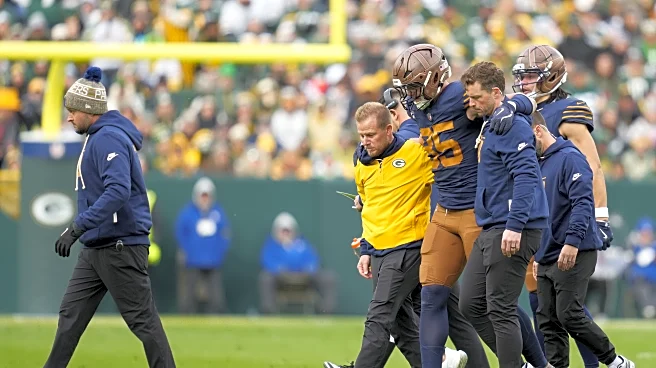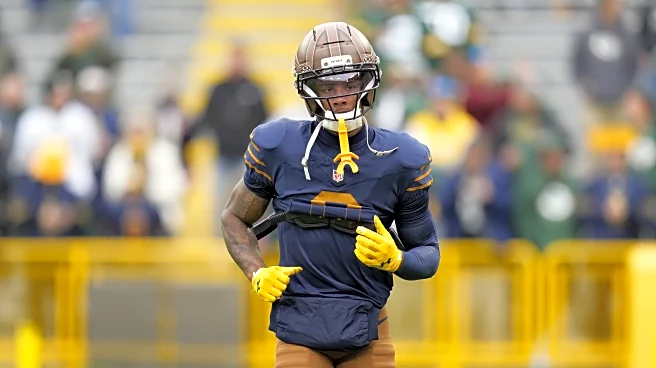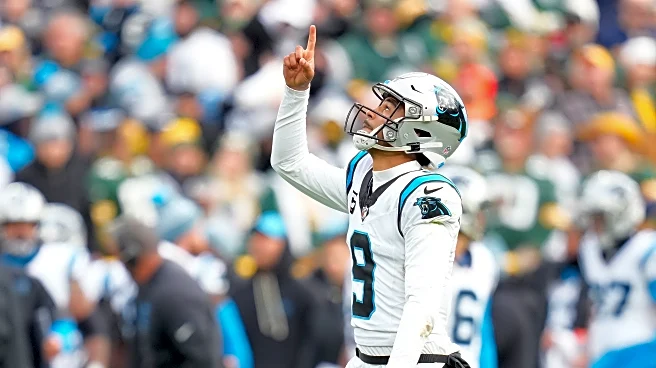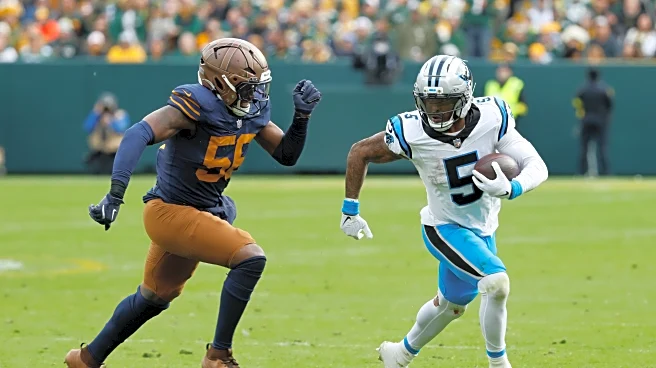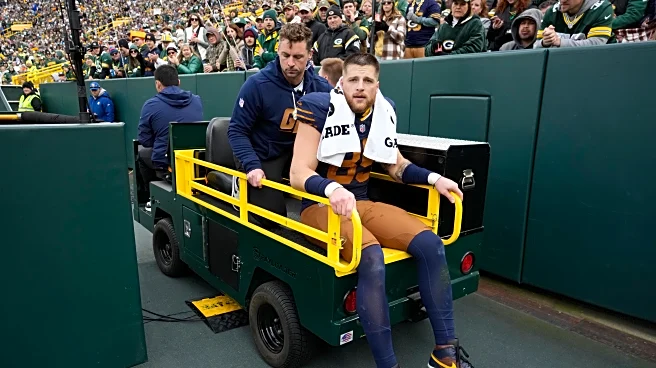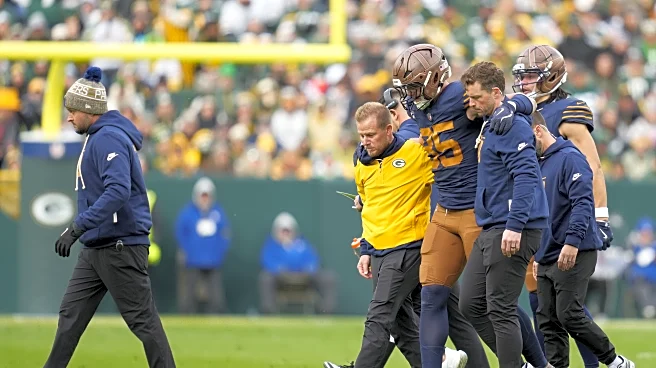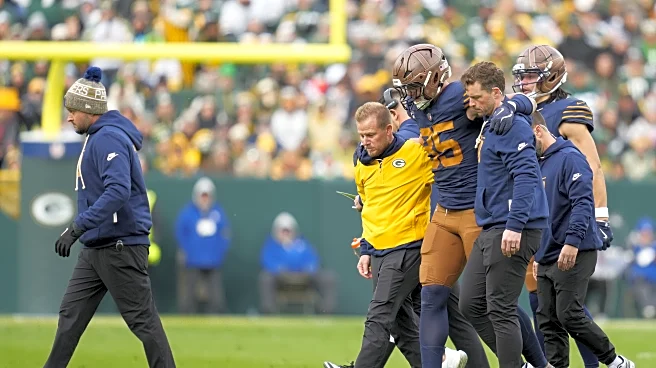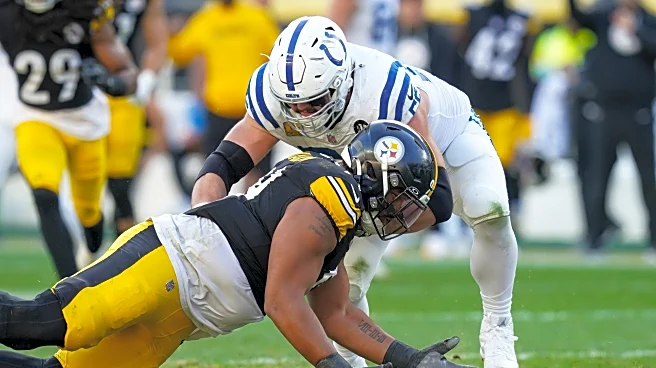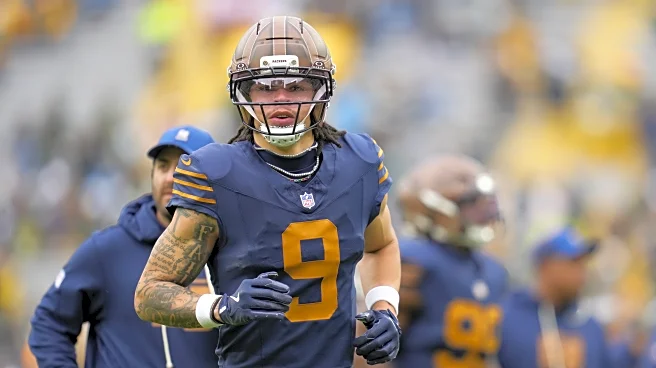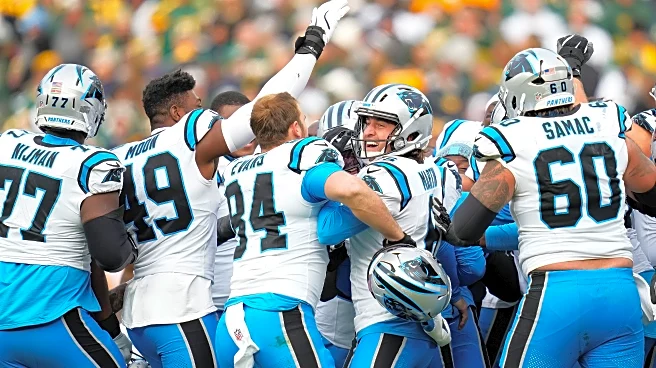Right now, we’re awaiting confirmation of what feels inevitable: Tucker Kraft has a torn ACL and will miss the rest of the season. Ian Rapoport tweeted yesterday that the Packers fear that is the case,
and I don’t think we have any reason to assume otherwise.
That means the Packers are going to have to find some way of replacing Tucker Kraft. But let’s put the conclusion up front: they’re not going to be able to do that. Kraft is among the best tight ends in the NFL, and the Packers don’t have another one of those waiting in the wings. The Packers cannot replace Kraft one-to-one or in the aggregate, and it’d be silly to try.
But if we can’t find a way to replace Kraft, we should at least know what they’re trying to replace and what some options are that the Packers could try in Kraft’s absence.
Let’s take a look at that first question first. What will the Packers be missing with Kraft out of the lineup?
In terms of raw numbers, Kraft (theoretically) ends his season as the Packers’ leading receiver by yards (489) while coming in second in both targets (44) and receptions (32). Prior to the Carolina game, Kraft had averaged 5.9 targets per game.
Kraft was also the Packers’ biggest yards-after-the-catch weapon, averaging 10.8 yards after the catch per catch this season. The only other receiver or tight end on the team averaging more than five yards after the catch per catch on the Packers this year is Savion Williams at 8.1, and he’s hardly doing that at any kind of meaningful scale.
Just as importantly, Kraft was an absolute rock in the lineup. Prior to his injury, Kraft had never played fewer than 87.7% of the snaps in a given game, and was above 90% in five of the Packers’ seven games this season. Only Jordan Love, Elgton Jenkins, and Rasheed Walker have played more snaps this season.
Kraft’s availability also played a big part in a key strategic decision for the Packers: their use of 12 personnel. Coming into Week 9, the Packers had used two tight end alignments on 37.8% of their offensive snaps, the fifth-highest rate in the NFL.
So that’s the picture Kraft is leaving behind. How can the Packers populate it without him?
For starters, Matt LaFleur should spend some time in the immediate future coming to terms with the fact that his 12 personnel offense is dead. The Packers’ available tight end options, in addition to just not being as good as Tucker Kraft, are not suited to play the kind of game he played. Luke Musgrave, at times a borderline capable receiver, both runs and blocks like a baby giraffe and should be detached from the formation at all times. John FitzPatrick is a willing blocker but provides next to nothing as a receiver. Josh Whyle, currently on the practice squad, is another tall athlete who had 28 catches for the Titans last year, but literally every NFL team has so far declined the opportunity to put him on their active roster. Putting any pairing of these tight ends on the field together seems like an obvious waste.
That means that from a personnel perspective, the Packers are probably best served by a pivot to a more typical (on a league level) 11 personnel offense. The Packers entered this week running just 53.8% of their offensive snaps out of that grouping (21st in the league), but that number should tick steadily upward almost by default. I suspect we’ll see more stereotypical tight end usage going forward: when they want to pass the ball, Luke Musgrave will be on the field. When they want to run, it’ll be FitzPatrick. Whyle will fill in whatever snaps are leftover, if and when he’s elevated to the 53-man roster.
That means when the Packers try to replace Tucker Kraft’s 5.9 targets per game, it’s very likely a wide receiver will be the one benefitting. Assuming Romeo Doubs, the Packers’ most-targeted pass catcher, doesn’t just soak up most of them, this seems like a great opportunity to build more of the offense around Christian Watson, who’s looked great in his return from a torn ACL, and Matthew Golden, who, in addition to being banged up this week, seems like little more than a cameo player in the Packers’ offense to this point. Dontayvion Wicks should also be back in the lineup in the relatively near future, and Jayden Reed will also be making a return at some point this season.
It seems inevitable the Packers are going to have to change their offense significantly. But it also seems obvious that the Packers have the personnel built in to not only weather the change, but to thrive within a new structure. They’ve spent four years investing into their wide receiver room. They have a highly paid, highly efficient quarterback. Now that the tight end anchoring their previous offensive approach is out of the picture, it’s time to hand the reins to Jordan Love and let him spread the ball to the receivers the Packers have spent years cultivating.
